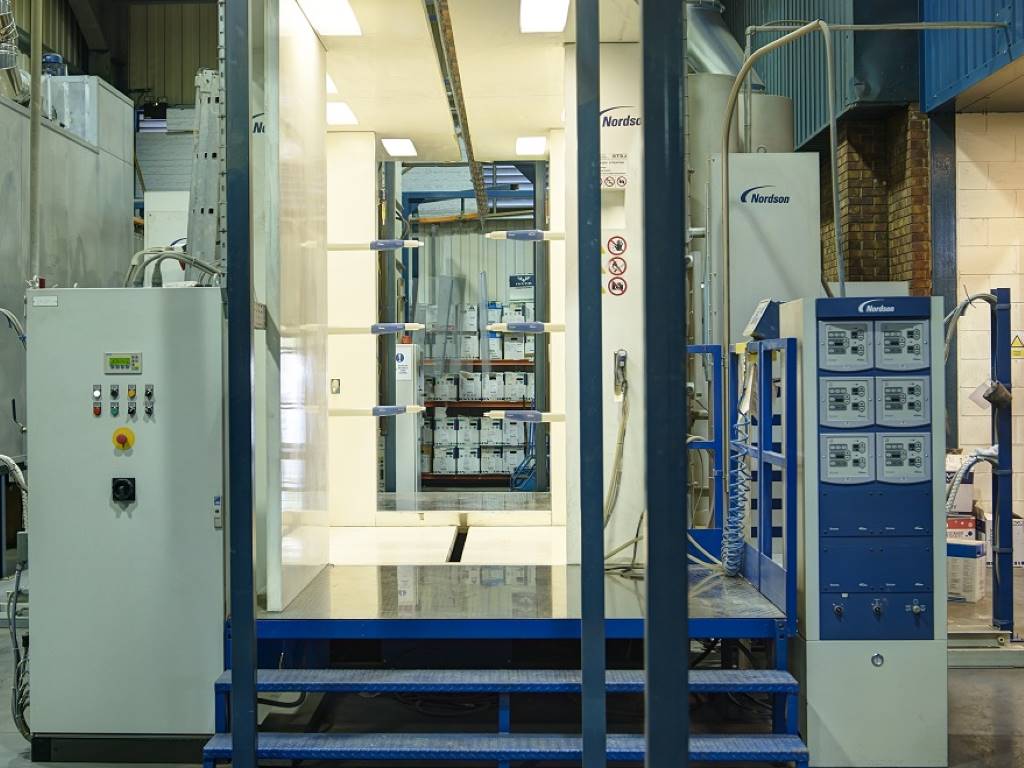Connected industries

International Institute of Obsolescence Management (IIOM) technical manager, Ian Blackman looks at the potential for increasingly more synergy between the aerospace and automotive design communities.
The aerospace and automotive sectors are of a similar age in terms of elapsed time since the original innovations. Clearly the automotive sector is more familiar to many people and the aerospace sector is perhaps overlooked and taken for granted. However, many innovations from the aerospace sector, such as engine control and automatic flight control, the use of composite materials, the development of safety critical thinking, and GPS systems have all been subsumed into the everyday experience of international travellers.
With the onset of more connected vehicles and eventually fully-autonomous vehicles, the automotive sector will bring more innovation and hopefully cost benefits to the development of mutually beneficial technologies. Automation in cars is growing very quickly with systems such as collision avoidance radar, lane stabilisation, automated lighting, ADAS, head-up displays, driver alertness and less distracting infotainment are positive steps forward. I am sure that shortly we will treat these with the same confidence as ABS and engine management hardware.
Many automotive manufacturers are saying that autonomous vehicles may be available in the period 2025-2030. This will require aerospace-type thinking in the areas of: Secure software and system security (to stop hacking); Systems of systems complexity; Supportability engineering; System configuration management; Application of component redundancy and derating.
The aerospace community may well benefit from mission-critical thinking that the automotive designers will have to consider. Worryingly for the older driver is the view that drivers want Apple and Google type interfaces in the dashboard to enable swipe commands to the instrumentation. I hope this will not further blind some drivers in recognising the real world from the leisure gaming environment. Doctors frequently tell us that the brain struggles to differentiate between repeated virtual events and real activities.
To deliver the increased technical sophistication in our cars the automotive sector will need a new service model adopting many of the through life support principles active in other sectors. These include: Through-life planning of software and hardware requirements; Identification of obsolescence risk; Configuration management and issue control; Investigation of ‘no fault found' reliability issues and to improve software capability though the capability maturity model integration (CMMI) discipline or similar.
Consumers will not be content with regular software updates and recalls and will expect local capability to resolve technical issues. The current garage servicing structure cannot be expected to add systems engineering capability to mechanical experience.
Some of the world-class project management and procurement management companies in the UK may well be able to sell services to the growing aerospace system engineering projects.
International Institute of Obsolescence Management (IIOM) is well-placed to support companies, and understand and reduce risk in the long-term support of products.
IIOM is a community of companies in multiple sectors that need to maintain capital and infrastructure equipment for decades owing to safety and certification requirements - often highly regulated industries. Examples would be the defence industry, civil aerospace, oil & gas subsea systems, space, railways, as well as nuclear and other energy generation.
IIOM already has automotive system members, such as TRW, Bosch, Hella, Webasto and Borg Warner and is receiving enquiries from many others.
As we start 2016, the aerospace community should reflect on its success over the most recent decades and compare its achievements in complex structures and electronics as being the equivalent and perhaps more impressive than the planned automotive changes. Maybe the aerospace sector really is the pinnacle of engineering excellence we like to think. Here's to a successful and profitable and technically challenging New Year.
www.theiiom.org












